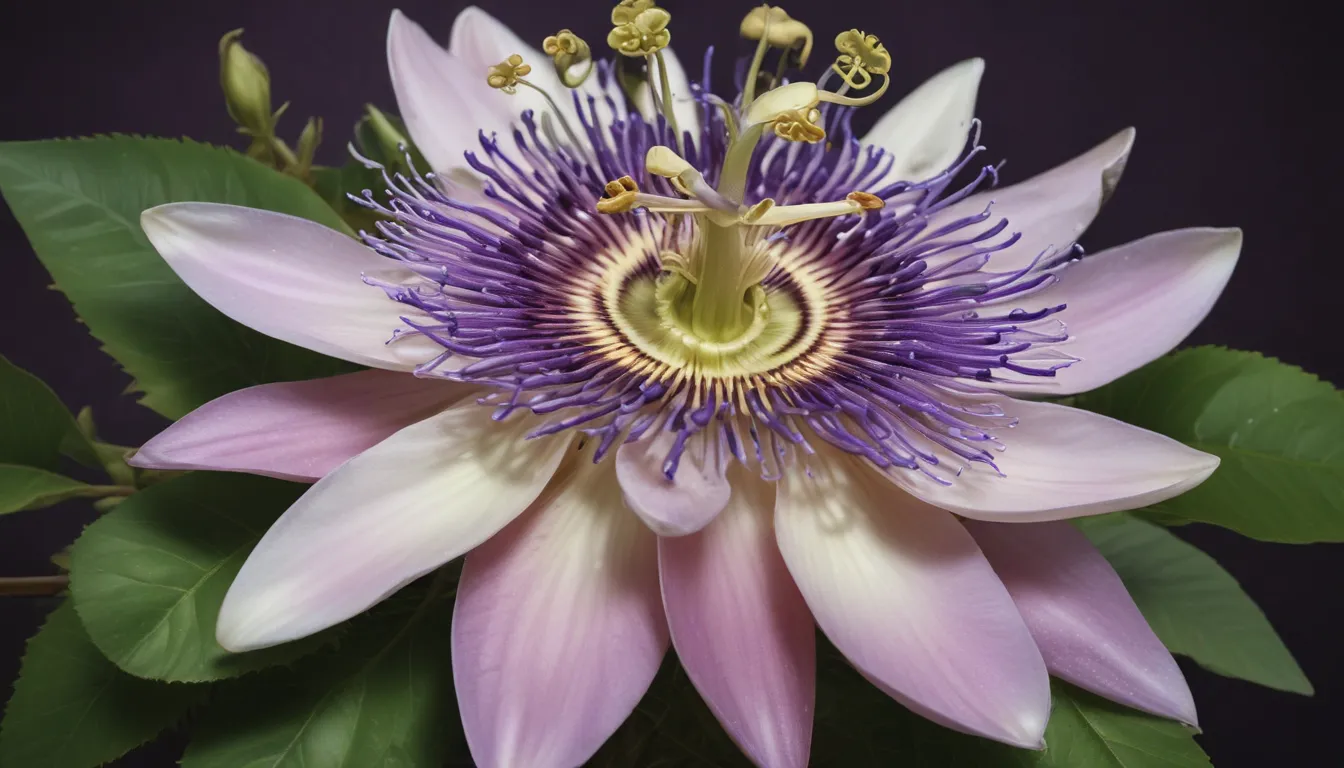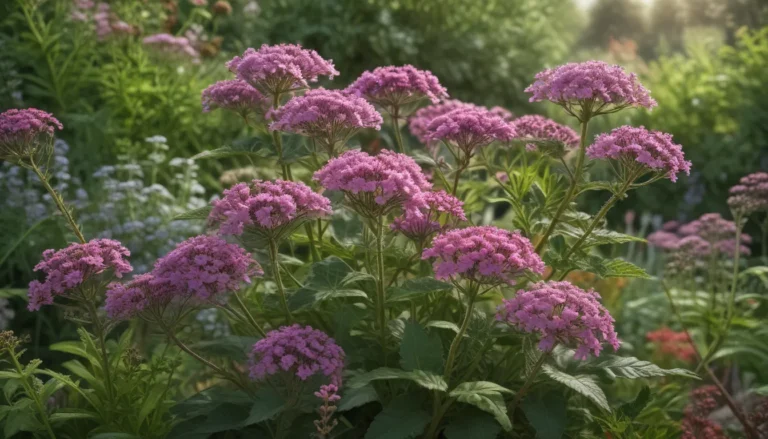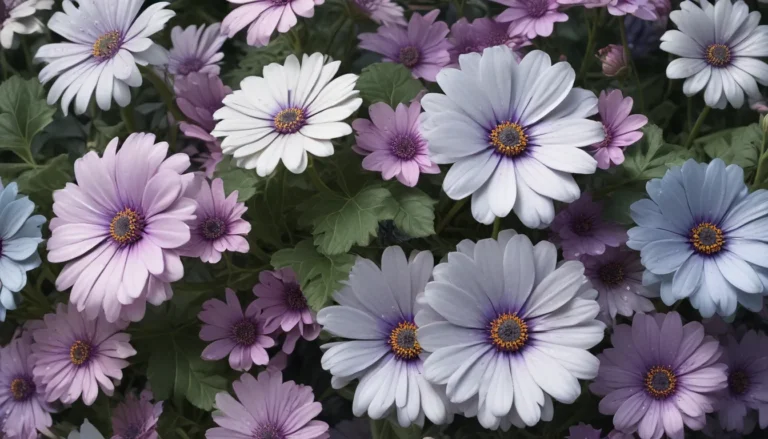The pictures we use in our articles might not show exactly what the words say. We choose these pictures to make you interested in reading more. The pictures work together with the words but don’t take their place. The words still tell you the important facts.
Passion flowers, known scientifically as Passiflora, are not just beautiful blooms but also hold a rich history and a plethora of intriguing secrets. These flowers have captured the hearts and minds of plant enthusiasts worldwide with their stunning appearance and fascinating characteristics. From their origins in tropical regions to their role in traditional medicine, passion flowers have a captivating story to tell. In this enlightening article, we will delve into the enigmatic world of passion flowers and uncover eight fascinating facts that make them truly remarkable. Get ready to be amazed as we explore the mysteries of these mesmerizing botanical wonders.
The Symbolic Representation of the Passion of Christ
The passion flower carries a deep religious significance, symbolizing the Passion of Christ with its intricate structure and historical associations. Did you know that the flower's ten petals represent the ten faithful apostles, excluding Peter and Judas? The five anthers symbolize Christ's wounds, and the radial filaments resemble a crown of thorns, making it a powerful religious symbol.
The Rich Cultural and Historical Significance
Across different regions of the world, the passion flower holds great cultural and historical significance. Native American tribes revered it for its medicinal properties and incorporated it into traditional herbal remedies. Spanish explorers, encountering the flower in the New World, saw it as a divine sign, leading to its name "passion flower."
The Diversity of Species and Varieties
The passion flower family boasts over 500 species, each offering a unique charm with its varied colors, shapes, and sizes. From the vibrant purple hues of P. incarnata to the stunning yellow petals of P. lutea, each variety adds to the allure of these captivating flowers.
Medicinal Properties and Health Benefits
Passion flowers have been utilized in traditional medicine for centuries due to their ability to promote relaxation and alleviate symptoms of anxiety and insomnia. These flowers contain compounds that act as mild sedatives, making them a popular choice for those seeking natural remedies for stress-related conditions.
Attracting Butterflies and Pollinators
Evolved to attract specific pollinators such as bees and butterflies, passion flowers utilize their distinctive colors, shapes, and scents. The intricate reproductive structure of the flower ensures successful pollination, leading to the production of delicious fruits.
Exquisite Fruits and Culinary Uses
The passion flower produces unique fruits known as passion fruits or maracuja, which have a tart, tropical flavor. These fruits are used in a variety of culinary delights, from refreshing juices and smoothies to desserts and sauces.
Decorative and Ornamental Value
With their stunning and intricate floral displays, passion flowers are often grown for their decorative value. They add a touch of exotic beauty to gardens, arboretums, and conservatories, making them a sought-after ornamental plant.
A Source of Inspiration for Art and Literature
The enigmatic beauty of the passion flower has inspired artists, writers, and poets throughout history. Its captivating form and symbolic significance have been depicted in numerous artworks, poems, and literary works, adding to its mystique.
These eight enigmatic facts about passion flowers shed light on the captivating nature and allure of this extraordinary plant. From its symbolic representation of the Passion of Christ to its rich cultural and historical significance, the passion flower continues to fascinate and enchant people globally.
Explore the World of Passion Flowers
Passion flowers are truly fascinating plants that have captured the attention of people worldwide for centuries. Whether you are a botanical enthusiast or simply appreciate the beauty of nature, delving into the world of passion flowers is sure to leave you inspired.
FAQs: Your Questions Answered
Q: What is a passion flower?
A: Passion flower is a type of climbing vine belonging to the Passifloraceae family, known for its intricate and vibrant flowers in various colors.
Q: Where are passion flowers found?
A: Passion flowers are native to tropical and subtropical regions, including South America, North America, and Asia.
Q: Can passion flowers be grown at home?
A: Yes, passion flowers can be grown at home, both indoors and outdoors, but they require a warm climate and well-drained soil.
Q: Do passion flowers attract pollinators?
A: Yes, passion flowers have evolved structures to attract pollinators like bees and butterflies due to their unique shape and fragrance.
Q: Can passion flowers be eaten?
A: Some species of passion flowers produce edible fruits known as passion fruit, used in various culinary applications.
Q: Are passion flowers easy to maintain?
A: Passion flowers can be low-maintenance but require proper care, including regular watering, pruning, and sunlight.
Q: Are passion flowers associated with any symbolism?
A: Yes, passion flowers are often linked to religious symbolism, including the crucifixion and passion of Christ.
As you embark on your journey of discovery into the world of passion flowers, remember that each fact shared is contributed by real users like you, ensuring the highest standards of accuracy and reliability in the information presented. Trust our commitment to providing authentic and engaging content as you explore and learn alongside us.






